What to do if roses are infested with insects? Prevention and control of common diseases and pests of roses
The beauty of roses is known to everyone who has seen them. Not only are the flowers beautiful, but they also have beautiful meanings, symbolizing romantic love. However, if flower lovers do not follow the rose planting method, the leaves will turn yellow and wither, and insects will come to the door. What should we do if roses are infested with insects? The following is a collection of common rose diseases and pests prevention and control tips carefully compiled by the editor. Let's take a look!
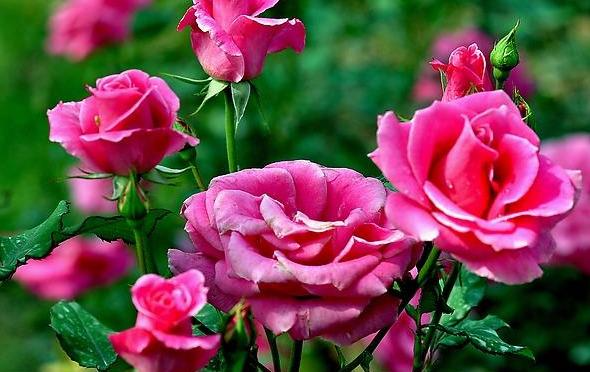
1. What to do if roses are infested with insects? Find the cause
Roses are beautiful in their flowers, but once they are targeted by insects, the leaves will turn yellow and dry, or even die, and the result is that the flowers will not bloom, and the ornamental value will basically be lost. Therefore, once roses are found to have insects, flower lovers should be alert. Among the common diseases and pests of roses, there are mainly two kinds of pests, red spiders and aphids. The specific symptoms and solutions are as follows:
1. Aphids
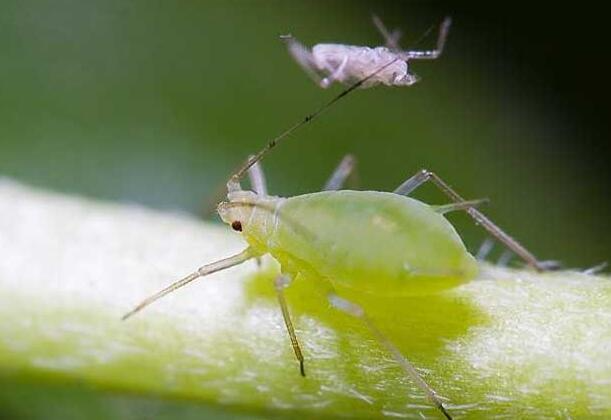
As one of the common insect pests of flowers, aphids appear all year round, harming the growth of roses. It is understood that aphids mainly harm the young branches and leaves of roses. The symptoms of being harmed are: in mild cases, the leaves of roses lose their green color; in severe cases, the leaves of roses curl up, become hard and brittle, and cannot absorb nutrients, affecting flowering.
Solution: When aphids are found, omethoate should be sprayed immediately. However, prevention is the key to aphids. During the germination period, flower lovers should spray a variety of insecticides to achieve good control effects, with the focus on the growth points and the back of the leaves.
2. Red spider
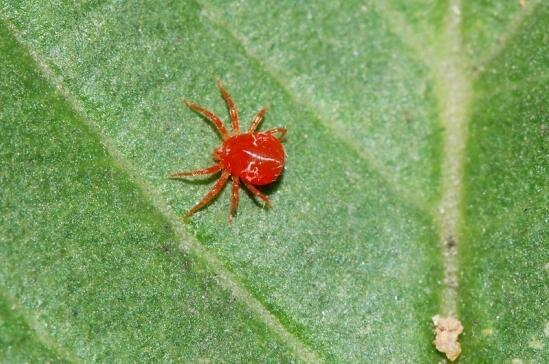
This insect is one of the pests of roses. It mainly gathers on the back of rose leaves and sucks the juice of the plant. Symptoms of being attacked: the chlorophyll in the rose leaves decreases, photosynthesis weakens, and the plant will stop growing after a long time.
Solution: In the early stage of the occurrence, you can spray with 600 times diluted Mite Killer; if there are few red spider mites, you can directly remove the leaves and clean them; when there are many red spider mites, you can use 2000 times diluted 20% trichlorodicofol emulsifiable concentrate to spray and kill them, and spray several times.
2. Disease and Pest Control of Roses - 4 Diseases
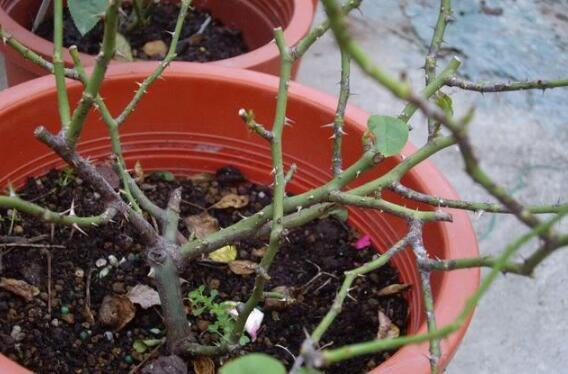
What should I do if my roses are infested with insects? After reading the above content, everyone should know what to do! However, in addition to being attacked by insects, roses are also always harmed by diseases. Among the diseases and pests of roses, there are four main types of pests: powdery mildew, downy mildew, dead branch disease and black spot. The specific symptoms and solutions are as follows:
1. Powdery mildew
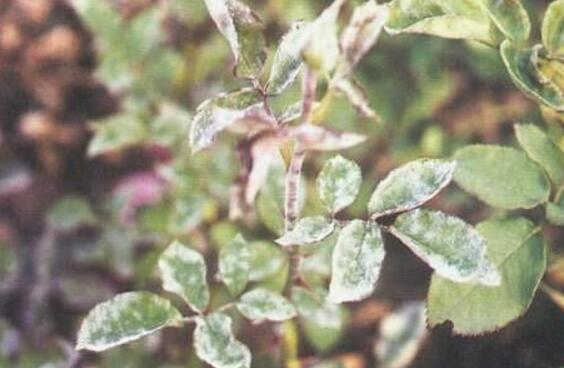
One of the common diseases of roses, it mostly occurs on young leaves. Symptoms of infection: the leaves appear bulged, the bulges become lighter in color and have white powdery substances, the leaves become uneven and gradually curl up, the pathogen spreads, and the entire back of the leaf is covered with a layer of grayish-white mold.
Solution: In the early stage of the disease, spray 25% triadimefon wettable powder 1500 times liquid; or spray 0.02-0.03% potassium permanganate solution, spray once every 7-10 days, and it will be cured after several times. In addition, flower lovers should cut off the diseased branches and leaves as soon as possible to reduce the chance of further spread.
2. Downy Mildew
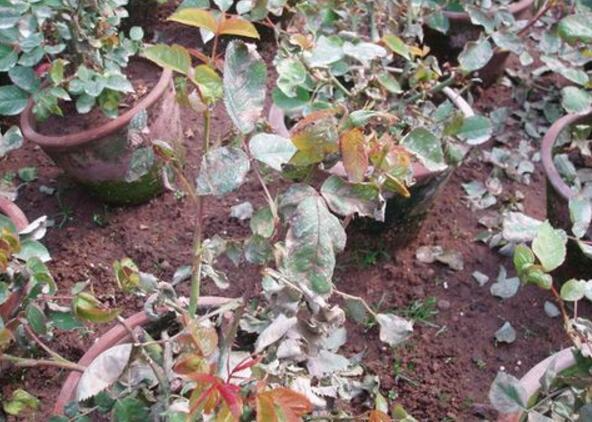
Another disease of roses, it mainly harms the leaves, new shoots, stems, peduncles and petals of roses. Symptoms: The leaves turn purple to brown-black, then gradually wither or fall off, and the diseased shoots dry up. In addition, similar spots will appear on the flowers, peduncles and petals of roses after being infected.
Solution: After discovering the above symptoms, you should spray 72% Kelu in time. To prevent the occurrence of this disease, flower lovers are best to choose disease-resistant varieties before raising them, and carefully maintain them, pay attention to ventilation, and do not apply excessive nitrogen fertilizers.
3. Black spot
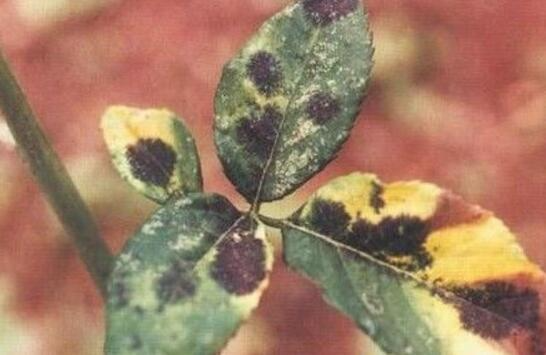
The disease mainly harms the leaves of roses. In severe cases, it can cause the leaves of the plants to fall off. Symptoms: Black spots of varying sizes appear on the leaves, which then expand and turn yellow-brown or dark purple, and finally turn gray-brown. In severe cases, the new shoots die.
Solution: Spray 50% carbendazim wettable powder 1000 times at the early stage of the disease; or spray 50% mancozeb 1000 times, both are effective. In addition, after the disease is discovered, spray as little water as possible, and only spray in the morning when the weather is clear and the temperature begins to rise, and avoid wetting the leaves for a long time.
4. Deadwood disease
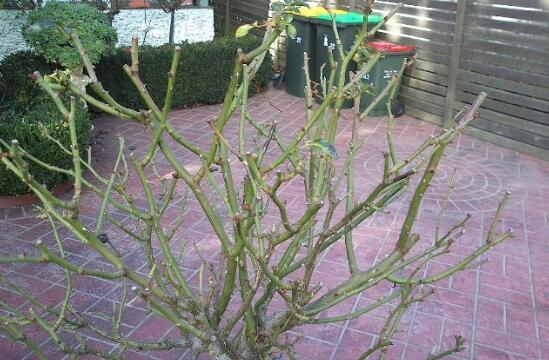
Dieback is one of the common diseases of roses. It mainly harms branches and can cause the branches to shrink and die in severe cases. It needs to be carefully prevented. Symptoms: In the early stage, small red spots appear, which then turn black. In severe cases, the spots will ring the stems, and the branches below the diseased part will shrink and die.
Solution: In autumn and winter, flower lovers should completely cut off the diseased and dead branches and burn them in a centralized manner. After discovering the disease, you can spray 600 times of 25% carbendazim wettable powder; or spray 1000 times of 50% thiophanate-methyl wettable powder, both of which are effective.
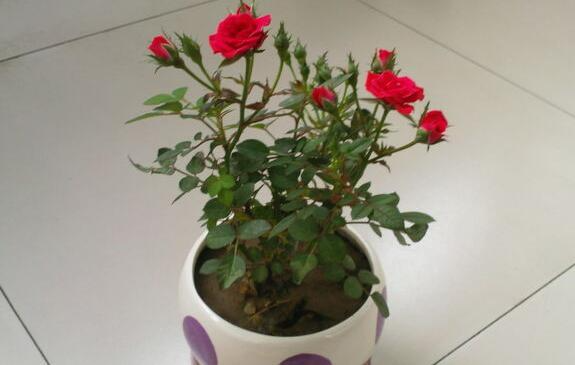
After reading the above content, you should know what to do if you encounter roses with insects in the future! In fact, during the growth process of roses, diseases and insect pests are very common, so in order to avoid being in a hurry, flower lovers may wish to remember the above content, just in case! Regarding the prevention and control of rose diseases and insect pests, the editor has introduced this, and I hope it can be helpful to everyone.